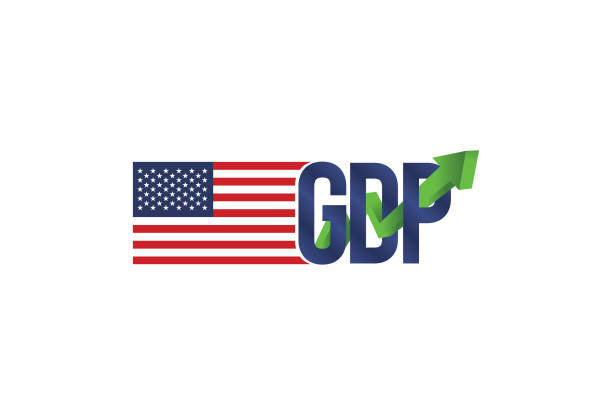The U.S. economy surprised to the upside in the second quarter of 2024, expanding by 2.8% quarter-on-quarter (q/q, annualized) against expectations for around 2%.
Looking under the hood, consumer spending was slightly stronger than we had forecast, advancing by 2.3% q/q. That was driven by a rebound in durable goods spending (+4.7%), while spending on services downshifted to a modest 2.2%, from 3.3% in the first quarter.
Business investment rose a sturdy 5.2% on a surge in equipment spending (+11.6%). Meanwhile, spending on structures gave back a small part of its recent strength (-3.3%) and spending on intellectual property products continued running at a healthy clip (4.5%).
Two other areas of upside surprise were government outlays and residential investment. Government spending rose 3.1%, driven by a 5.2% increase in national defense outlays. Residential investment still declined by 1.4% on the quarter, but that was a smaller drop than we had pencilled in.
Inventory building added significantly to growth in the second quarter, contributing 0.8 percentage points (p.p.) on a quarterly basis. However, that was nearly entirely offset by the drag from net exports (-0.7 p.p.). Imports were up strongly on the quarter, subtracting 0.9 p.p. from headline growth.
Final domestic demand was up a healthy 2.7%, building on the 2.4% gain in the first quarter.
Key Implications
We had expected the U.S. economy to gear down a bit more in the second quarter, but its resilience was on display once again. However, the details of the report are consistent with further slowing ahead, as outlined in our June forecast. The uptick in consumer outlays was driven by a rebound in durables spending, which we don’t expect to be sustained, while the larger services spending category is slowing in the background. We will get the June personal spending data tomorrow, which will clarify how momentum was looking as we headed into the third quarter.
Also, the upside surprise on government spending coming from national defense may be a one-off, and could likely downshift in the coming quarter. All that to say we appear to be in a goldilocks scenario for the U.S. economy – growth is moderating gradually while inflation is getting closer to the Fed’s target. This should enable the Fed to start cutting interest rates later this year.









